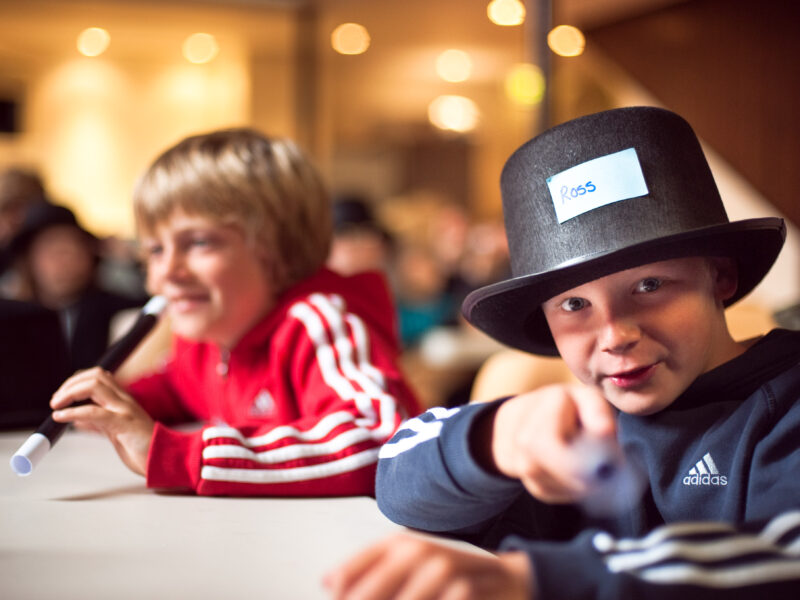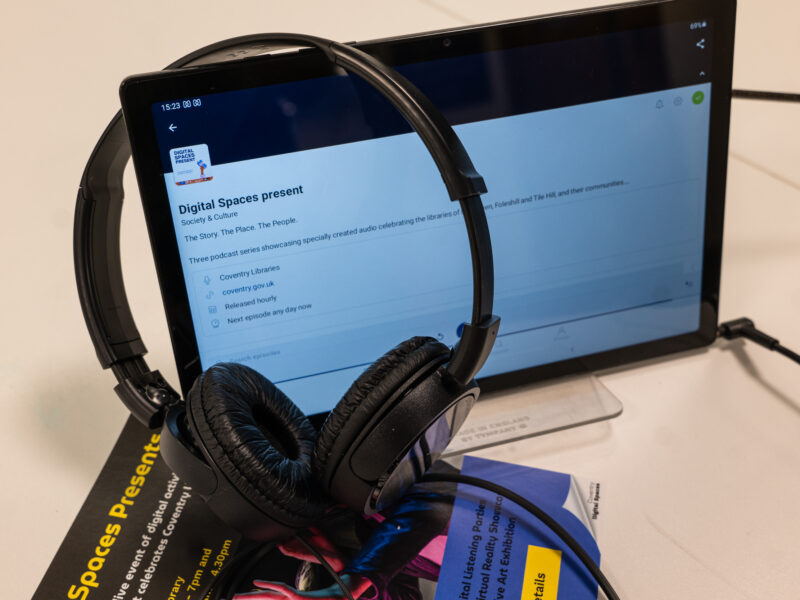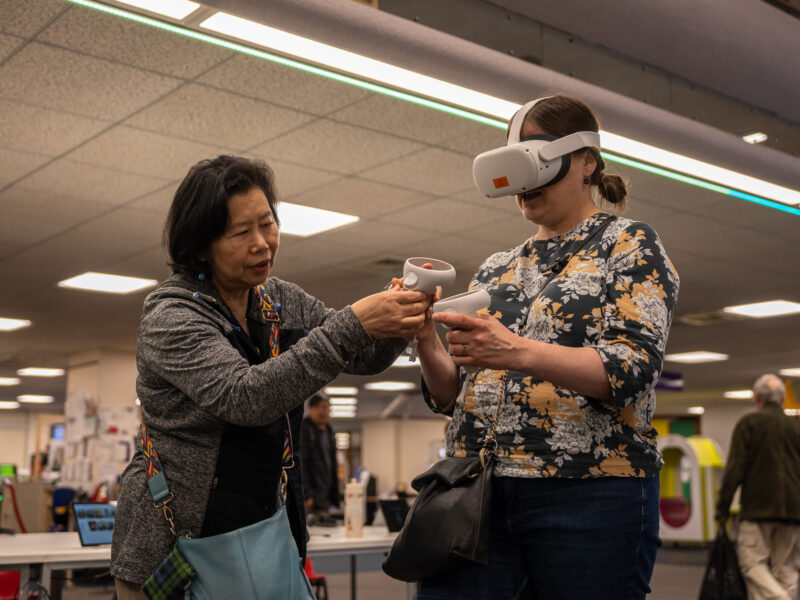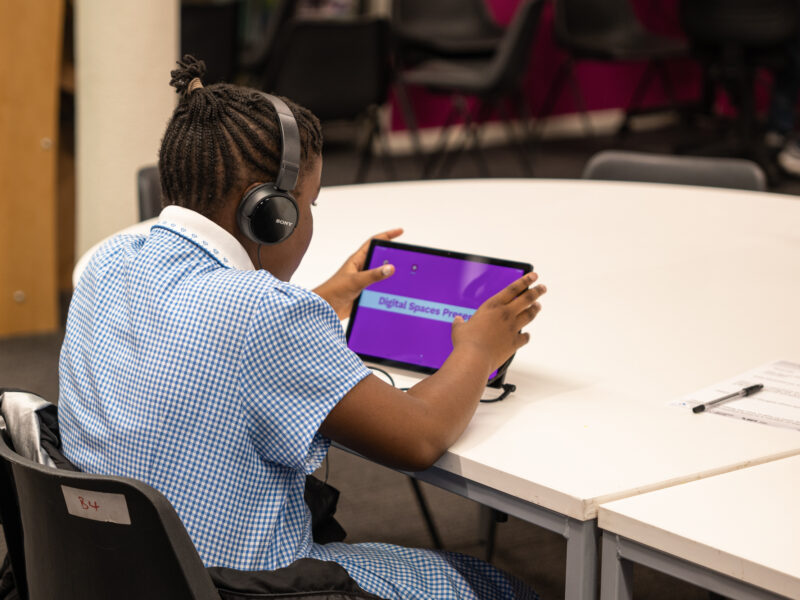In 2021-22, Coventry Libraries partnered with The Space to create Digital Spaces. One focus of the project was digital marketing, both promoting in-library activities and experiences, and reaching audiences who’d access content online.
Here, The Space’s Digital Marketing Associate Angie McFarlane and Coventry Library staff members Tiffany Lomas and Carrrina Blake share their recommendations for social media marketing and promotion.

Identify your existing audiences and know who you want to attract
Library staff know the people coming through the doors every day. Might they be your potential digital audiences? Are there reading groups or code clubs who would be interested in one of your immersive experiences? It’s also worth looking at what digital content the library already produces, and delving into Google Analytics or whatever other audience data you have, to establish who is interacting with it. For instance, what’s the age range and geographic spread of your audience and what kind of content are they interested in? From here, consider if there are other people you’d like to reach. Knowing this will focus your marketing efforts.
Tap into local community networks
While your social media channels are often the first port of call for promotional messaging, seeding news about an event within wider community groups is often a more effective way to spread the word. Can you think of groups who would be particularly interested in the content you’re showing? If you’re screening Dr Who, for instance, is there a local sci-fi interest group who would post about it on their Facebook page?
Map out your publishing schedule
Start planning what needs to be done and when as early as you can. How long will it take to create the visual identity for the project, and gather all the assets? When will the press need to be notified? Having a promotional timetable mapped out will ensure you can co-ordinate all your content channels and launch the project with everything in place.

Create an online landing page
A dedicated webpage can give the digital experience a personality and a voice, as well as offering a practical space where people can find out more about events or new experiences. Get this up and running early on – sometimes creating new pages or sections within an existing website might require you to get approval from elsewhere, so make sure you allow time for this.

Find your digital champions
Who within your libraries is curious about digital technology? Who wants to learn more, and who is already passionate about it? Identify potential ambassadors for your project who’ll be keen to encourage visitors in the library to try new digital experiences, or who are willing to do the behind the scenes work of marketing and production.
Be strategic about gathering your promotional assets and imagery
Developing high quality media assets ahead of time lays brilliant groundwork for the rest of the project. We used the Canva design package to create a consistent visual identity for our project. It’s a low cost, web-based design system, which means it doesn’t require you to install any new software. Here’s our short guide to using Canva to create marketing assets.
It’s also good to identify (or even set up) photo opportunities, capturing images that’ll help you ‘sell’ your offer. For example, describing a VR experience in a Twitter post might be challenging, whilst a photo of someone obviously enjoying themselves is clearer and more compelling.
Engage people with your chosen content
When trialling new mediums such as VR, audiences without prior experience might be unsure of the technology. For that reason, promoting the content rather than the format can be effective in enticing people through the door. Also consider focusing on the impact of the content rather than just the title or topic: what is it about the story that makes it moving, or exciting? What themes emerge? What imagery can you use to bring the story alive?

Collect testimonials from users
Gather first-hand accounts from users of their experiences that you can then use in future marketing materials. You might want to gather this as part of a short feedback survey at the end of the VR experience. Ask users how the experience made them feel and what interested them about it. Get their permission to use their comments as quotes on social media. This is a powerful and authentic way to relate the experience to your audiences.
How useful was this resource?
Further reading


